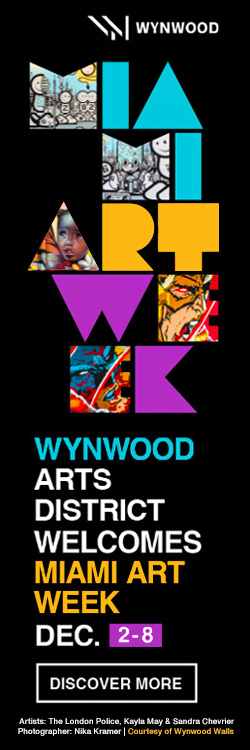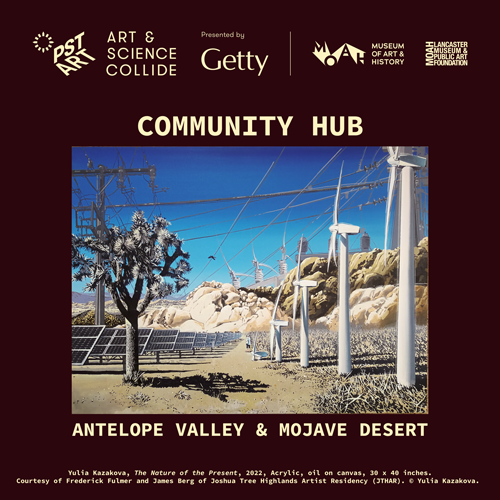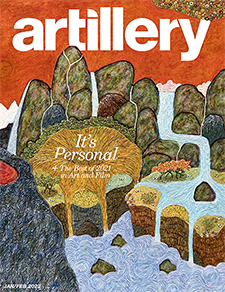
GR gallery is thrilled to announce “Weaving Wonders,” a cutting-edge duo exhibition featuring artists Brian Chen and Koichiro Takagi, showing together and at the gallery for the first time. The exhibition’s title reflects the specific technique—embroidery—that both artists use in their creative processes, as well as their ability to generate an irreverent impact through their work.
The show comprises an entirely new series of artworks, ranging from small to medium scale, where the artists’ idiosyncratic styles meet and confront each other. This dialogue between their works results in a mutual enhancement, intensifying irony and elevating the visual lexicon. The unexpected elements in their pieces carry a destabilizing, almost surreal beauty.
Chen and Takagi both maintain a strong connection to subculture, history, and religion, and offer fierce criticisms of hypocritical social establishments. These fundamental factors interact in unique ways, creating an unprecedented, multidirectional thread that takes the viewer on an aesthetic journey full of wonders and sardonic innuendos.
The Opening reception will take place Friday June 28th, 6:00pm – 9:00pm (Exhibition Dates: June 29th – July 21nd 2024). Members of the press can contact GR gallery in advance to schedule a private viewing and/or an interview with the artists before the exhibition is officially open and visitors who want to attend the opening can RSVP by contacting the gallery.
Born in Tokyo in 1974, Koichiro Takagi moved to the US after graduating from university in Japan to study silkscreen printing, at the Academy of Art College in San Francisco, he then relocated to New York to start his career as a painter. Since his return to Tokyo in 2005, he has developed a unique aesthetic combining embroidery, printmaking, and traditional painting Takagi’s striking compositions are immediately recognizable by their whimsical cast of anthropomorphic animals. The aggression suggests a distrust of existing social institutions and the people who maintain them, influenced in large part by Takagi’s longstanding passion for American countercultures like punk rock, graffiti, street fashion, and tattoo art. At the same time, the creatures’ theatrical poses are reminiscent of biblical paintings, exuding a mystical aura that is in stark contrast to their defiant disposition. Raised in a Catholic household, the artist was exposed to Christian art since childhood; its distinct imagery and compositional structures eventually found their way into his own creations. The visual discrepancy in Takagi’s work embodies the continuous conflict between the artist’s anti-establishment beliefs and genuine fascination for divine powers. To a cynical eye, these adages may be interpreted as a biting satire of organized religion’s insistence that they hold all the answers to life. Or perhaps they are self-affirming mantras, meant to be repeated silently as a source of personal strength. The viewer is encouraged to engage in their own form of hermeneutics and discover just how nuanced and versatile language can be.
Brian Chen began his career in fashion design over a decade ago, while privately pursuing his passion for creativity. During the COVID-19 pandemic, he merged familiar materials and creative methods, launching his own artistic practice. After numerous failures, Chen recalled the feeling of seeing Thangka during his childhood. This memory connected his techniques and ideas, leading him to the path of fiber art creation.
Chen’s most distinctive style features a unique embroidery texture. He creates this by layering fibers from dark to light, temporarily fixing them onto fabric with an iron, and then sewing the fibers and fabric together using a sewing machine. This technique is inspired by Tibetan Buddhist Thangka, where teachings, history, and folk stories are embroidered onto fabric for preservation. For Chen, using fibers and a sewing machine to create unique patterns represents a blend of tradition and modernity. Fibers symbolize humanity’s traditional civilization, while the sewing machine represents the post-Industrial Revolution era. This intertwining spans from the past to the present, encouraging viewers to contemplate not only the surface of the image but also the essence of the past, present, and future.









